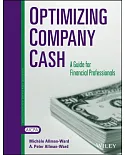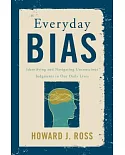Kaul, a writer and columnist specializing in political economy, the international financial crisis, personal finance, marketing and branding, cinema, and music, traces how the global
financial system evolved after World War I and led to the dot-com crash in the US in the early 2000s. He describes how Europe was in trouble after the war, London was no longer the
world’s financial capital, and the American dollar was overtaking the British pound as the premier international currency, and how this created an atmosphere of positivity in the
US, which resulted in higher stock prices, but was followed by the Great Depression. Also occurring was hyperinflation in Germany and the rise of Hitler, followed by World War
II. The American dollar prevailed and was the only currency converted into gold after the war, through the Bretton Woods Agreement, which gave the dollar privilege and led to an easy
money policy where the US simply printed the dollar, leading to the collapse of the agreement in 1971, and the stock market and real estate bubble in Japan in the late 1980s. Stock
market and real estate bubbles in South Korea and South East Asia followed, then the dot-com bubble. The book concludes with the wisdom of Warren Buffet, who was seen as a failure because his
investment company was not generating the same returns as dot-com stocks. Annotation ©2014 Ringgold, Inc., Portland, OR (protoview.com)





















